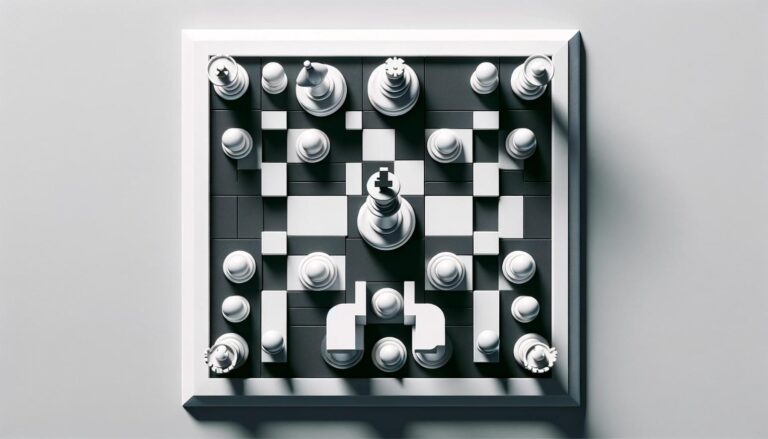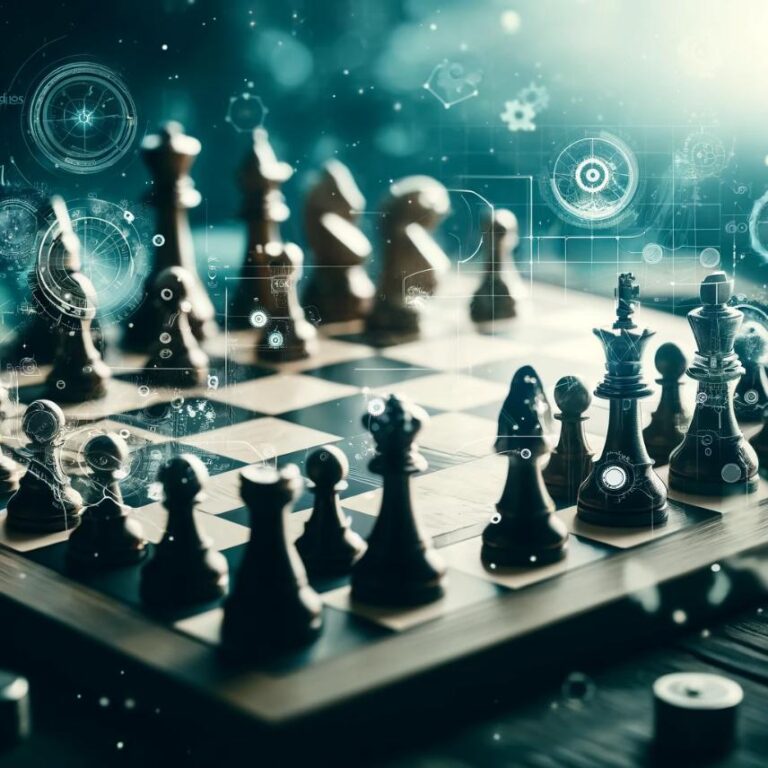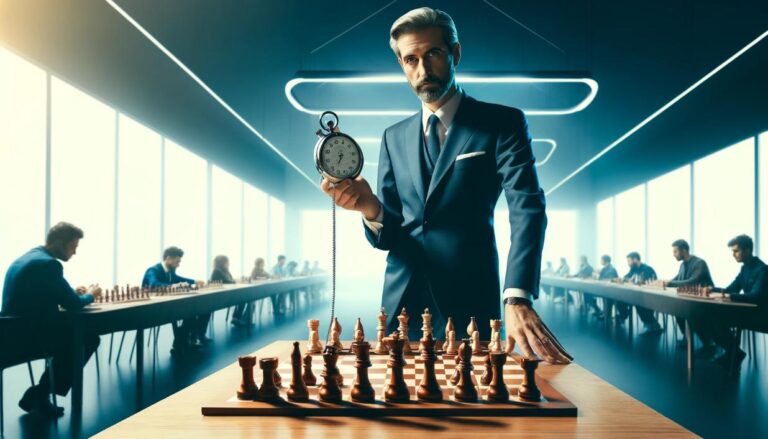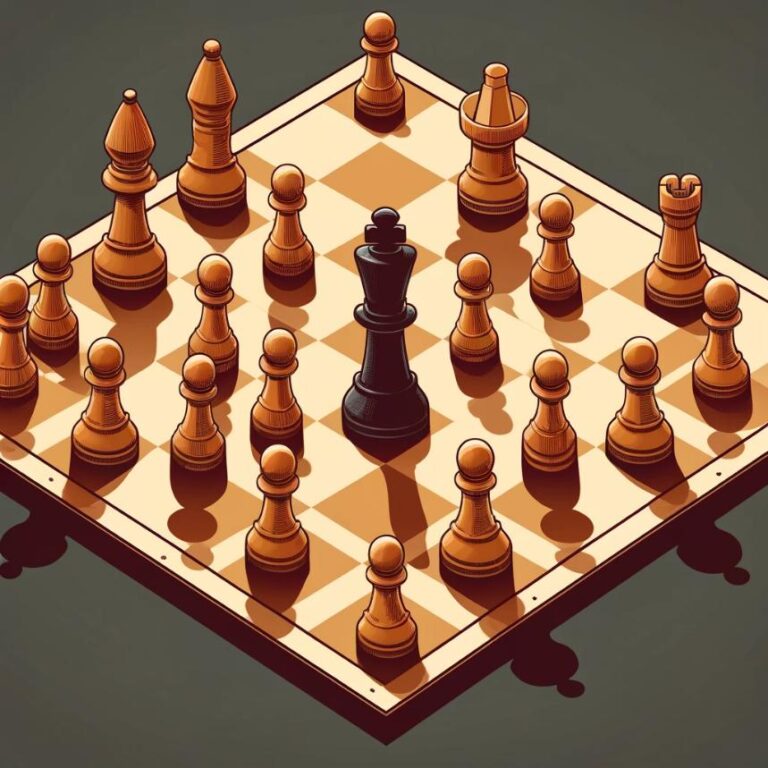Introduction
Chess is a game of strategy and skill, with players constantly searching for ways to gain an advantage over their opponent. One of the most effective tactics in chess is the exchange sacrifice, where a player willingly gives up a higher-value piece in exchange for a strategic advantage. This move requires careful calculation and foresight, and when executed correctly, can lead to a winning position. In this article, we will explore the concept of exchange sacrifices in chess, its benefits and risks, and how to use it as a tactical weapon in your game.
Understanding Exchange Sacrifice
Exchange sacrifice is a strategic move in chess that involves giving up a higher-value piece, such as a queen or rook, for one of lower value, such as a bishop or knight. This move is usually made to gain a positional advantage on the board, such as controlling a crucial square or breaking through the opponent´s defense. It is a critical decision that requires careful evaluation of the position and potential outcomes. An exchange sacrifice can also be used as a tactical surprise, catching the opponent off guard and forcing them to make a mistake.
Benefits of Exchange Sacrifice
One of the main benefits of an exchange sacrifice is the creation of an imbalance in material on the board. By giving up a higher-value piece, the player gains a positional advantage that can be used to create threats or initiate an attack. This move can also help in opening up lines and increasing the mobility of the remaining pieces. An exchange sacrifice also puts pressure on the opponent, forcing them to respond and make accurate moves to defend their position.
Risks of Exchange Sacrifice
As with any tactical move in chess, an exchange sacrifice also comes with its risks. The most obvious risk is giving up a higher-value piece, which can have long-term consequences if not calculated correctly. It is crucial to evaluate the position thoroughly and weigh the potential outcomes before making an exchange sacrifice. Another risk is the loss of dynamic potential, such as the loss of a powerful attacking piece. This can backfire if the opponent manages to defend against the sacrificed piece effectively.
Examples and Famous Games
The exchange sacrifice has been a popular tactical weapon used by many chess players, including the world champions. One of the most famous examples is the game between Mikhail Tal and Viktor Korchnoi in the 1962 Moscow Interzonal tournament. In a critical position, Tal sacrificed his bishop for Korchnoi´s rook, giving up a higher-value piece for a positional advantage. This move ultimately led to Tal´s victory and is considered one of the greatest exchange sacrifices in chess history.
In Conclusion
Exchange sacrifice is a tactical weapon that requires both skill and courage to execute. It can create an imbalance in material and psychological pressure on the opponent, leading to a strategic advantage. However, it also comes with risks, and it is essential to evaluate the position thoroughly before making this move. The best way to master the exchange sacrifice is through practice and studying famous games of the past and present. With practice and proper calculation, the exchange sacrifice can become a powerful tool in a player´s arsenal, leading to victories on the chessboard.






